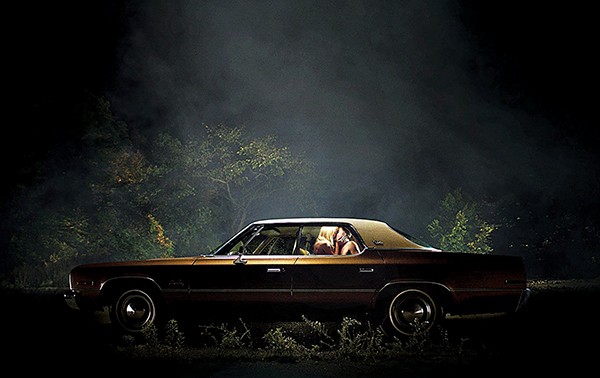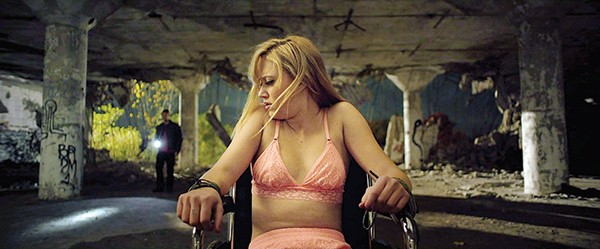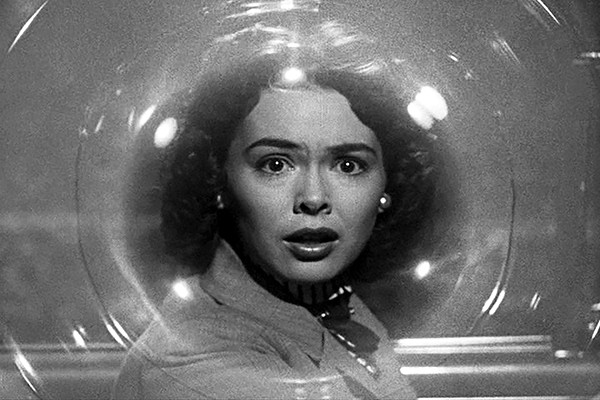The experience of being a film critic can feel like you’re trapped in an episode of Mystery Science Theater 3000. You have to watch a lot of dispiritingly mediocre movies, and a few really awful ones. But then there are those rare moments when you are unexpectedly confronted with something truly great, and it restores your faith in film. It Follows is one of those moments.
Director David Robert Mitchell’s film arrives with little fanfare. Made for
$2 million in Detroit, the indie production debuted at Cannes in 2014, where it earned praise from virtually everyone who saw it and landed a distribution deal from a Weinstein Company subsidiary. The Weinsteins famously backed Quentin Tarantino’s career, and it’s not hard to see what attracted their attention here. Like Pulp Fiction, It Follows is something of a pastiche of films from a specific genre. In this case, it’s horror. But like Tarantino’s masterpiece, It Follows transcends its cut-and-paste methodology to become a work of true self-expression for Mitchell.
Like the great horror films of the 1980s, the premise is simple. A mysterious creature is stalking teenagers. It is invisible to everyone except its prey, to whom it appears as horrible versions of people they know. Once it sets its sights on you, the only way to get rid of The Follower is to have sex with someone. Then, the creature will turn its attention to your paramour, and once it has killed him or her, it will return for you.

It Follows
The slasher flick has always had an undertone of sexual guilt and punishment. If a teenager has sex in a Friday the 13th movie, odds are they’re about to die in a gruesome fashion. It Follows foregrounds and comments on the trope. Jay (Maika Monroe), the college girl whose attempts to flee from the demon form the story, is not a classic ’80s chainsaw fodder slut. She’s been seeing Hugh (Jake Weary) for a while when she finally decides to go all the way with him after a date to a classic movie palace is cut short when he sees someone who isn’t there. But their late night tryst turns very ugly in a way that invokes the constant fear of sexual violence that hangs around in the back of every woman’s mind. This is not a sadistic slasher flick that invites the viewer to take vicarious pleasure in the murder of a woman. We’re in her shoes from the very beginning, and when her friends band together to try to save her, we’re genuinely rooting for them to succeed.

It Follows
The list of Mitchell’s sly references to classic horror films reads like a greatest hits of the genre — Cat People, Frankenstein, Halloween — but foremost is The Shining. Remember the scene with the two ghostly little girls at the end of the hall? If you extended it out to feature-length, it would approximate the atmosphere of It Follows. Mitchell directs cinematographer Mike Gioulakis’ camera moves with Kubrickian precision, as in the bravado, one-shot opening sequence. He is equally at home staging deep action and intimate close ups. Imagine A Nightmare on Elm Street if it were shot like The Virgin Suicides. The whole thing is tied together with a dark synth soundtrack by Disasterpeace that resembles nothing less than Vangelis’ seminal score for Blade Runner.
I could go on at great length about the dark subtexts swirling underneath It Follows, but the most important thing is that the surface is genuinely terrifying. It’s an instant classic, and Mitchell just shot to the top of my list of directors to watch.
